Wastewater Complete Solution
Flow Volume, Flow Velocity, Level, Rainfall, pH, Conductivity, SS, COD, NH4-N
We provide advanced FLO drainage and open channel flow monitoring system with ultra low power consumption and IP68 protection, implemented in sewer, combined sewer systems, drainage system, outfalls, runoff, underpass, underground parking lot, tunnel, floodable locations, to monitor flow, level and rainfall to prevent metropolitan flooding.
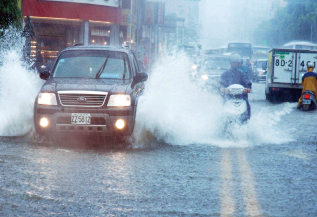
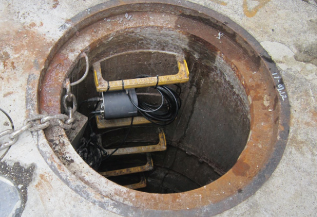
Technology
Advantages
Ultra Low Power Consumption
No External Power, Autonomously Operation up to 10 years
Extreme Climate Operation
Operating in -30~85 °C Environment
IP68 Rating Robust Enclosure
Continuous Submersion for 5 m Water
Cellular, CDMA, WiFi, Satellite Communication
Mobile, Borderless and Flexible Deployment
Simultaneous Acquisition of Multiple Parameters
Pressure, Flow, Level, Water Quality, Climate, etc
No Consumables, No Membrane, No Reagent
99.99% High Data Availability
Powerful Cloud Platform
Operation and Monitoring, Anytime and AnywhereI
| FLO Flow, Level ,Water Quality Logger | |||||||||
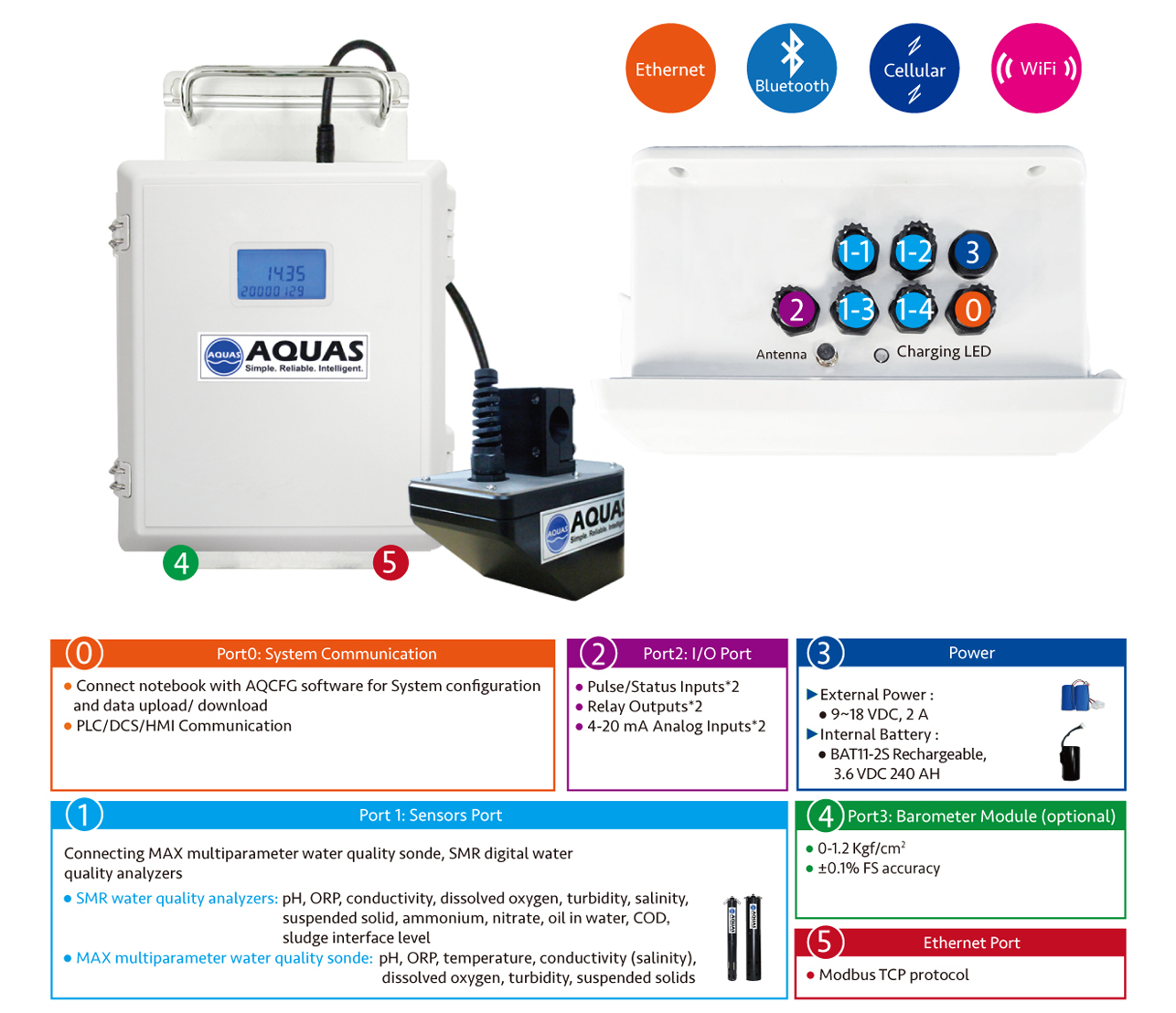 |
|||||||||
| Select various flow module for different applications |
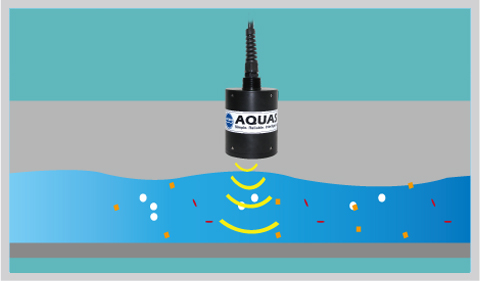 |
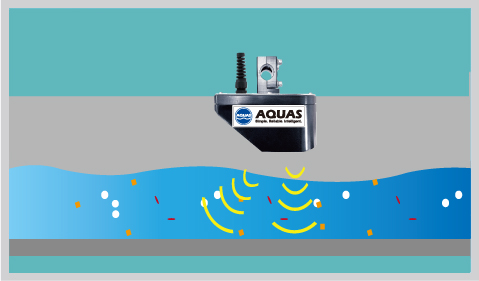 |
|
| Radar Level Module (FLO2) | Radar Velocity and Level Module (FLO3) |
| Radar Level Module (FLO2) | |
| Principle | Mounted above the stream, uses radar doppler technology to remotely measure level. The wetted area is calculated from the level and multiplying with the converted average velocity to calculate the flow. While radar sensor is submerged in water, it auto switches to hydrostatic level sensor and calculate the flow |
| Parameters | Level, average velocity, flow rate, flow volume |
| Primary Devices | Circular pipe, flume and weir |
| Frequency | 80 GHz |
| Angle | 8° |
| Measurement Range | 0 ~ 15 m ; 0 ~ 30 m (optional) |
| Accuracy | &±1 mm |
| Resolution | 0.1 mm |
| Operating Pressure | -1 ~3 Kgf/cm2 |
| Operating Temperature | -40~85 °C |
| Response Time | <500 ms |
| Protection | IP68 |
| Connection | 1”-11 PT; M12 plug connector, 5-pin |
| Housing Material | PVDF |
| Dimensions | ø 90 X 150(H) mm |
| Weight | transmitter: approx. 1.2 Kg ; cable: 80 g/m |
| Calcultion | ► The Radar sensor measures the elapsed time between sending and receiving reflection from the water surface to determine the level in the channel ► Closely measure the rate of flow in an open channel of uniform cross section, cosistent slope, roughness and flow moves by gravity force only ► Level to flow rate for weirs (V-notch, Trapezoidal, Suppressed Rectangular, Contracted Rectangular and flumes (Parshall, Palmer Bowlus , Leopold Largo Khafagi Venturi) ► Level vs. Flow custom programmable curve (up to 32 points) |
| Radar Velocity and Level Module (FLO3) | |
| Principle | Uses ultrasonic Doppler technology to measure average velocity. The wetted area is calculated from the level and multiplying with the averaged velocity to calculate the flow. |
| Principle | Velocity, level, flow rate, flow volume |
| Primary Devices | Best suited where weirs and flumes are not practical |
| Radar Level Velocity | |
| Frequency | 24 GHz |
| Radar angle | 12° (Azimuth) , 24° (Elevation) |
| Max. Measurement Distance | 50 m |
| Measurement Range | 0.02~15 m/s, bi-directional |
| Accuracy | ±1% of reading |
| Measurement Range | 0 ~ 15 m ; 0 ~ 30 m (optional) |
| Resolution | 1 mm/s |
| Min. Wave Height | 1 mm |
| Operating Pressure | -1 ~3 Kgf/cm2 |
| Operating Temperature | -40~85 °C |
| Response Time | 15 secs |
| Connection | 1”-11 PT; M12 plug connector, 5-pin |
| Housing Material | PVDF |
| Dimensions | 189(W)X114(H) mm |
| Weight | transmitter: approx. 2.7 Kg ; cable: 80 g/m |
| Radar Level | |
| Measurement Method | Radar |
| Principle | 80 GHz |
| Radar angle | 8° |
| Measurement Range | 0~15 m (SMR63-3); 0~30 m (SMR63-2) |
| Accuracy | ±1 mm |
| Resolution | 0.1 mm |
| Protection | IP68 |
| Calcultion | ►The Radar sensor remotely measures surface flow velocity and level in open channel and river with advanced Radar Doppler velocity and level technology. ► The Radar sensor measure the elapased time between sending and receiving reflection from the water surface to determine the level in the channel ► Multiplying the converted average velocity by the wetted area yields the flow rate. |

